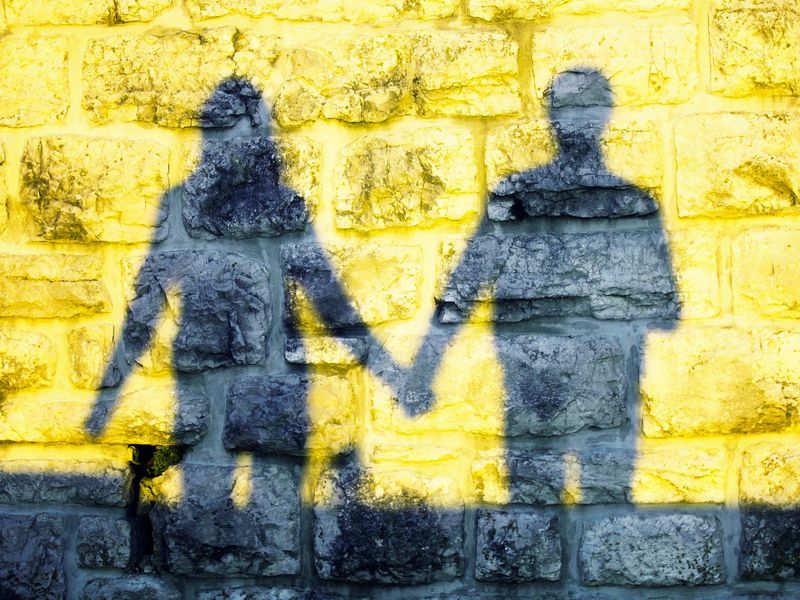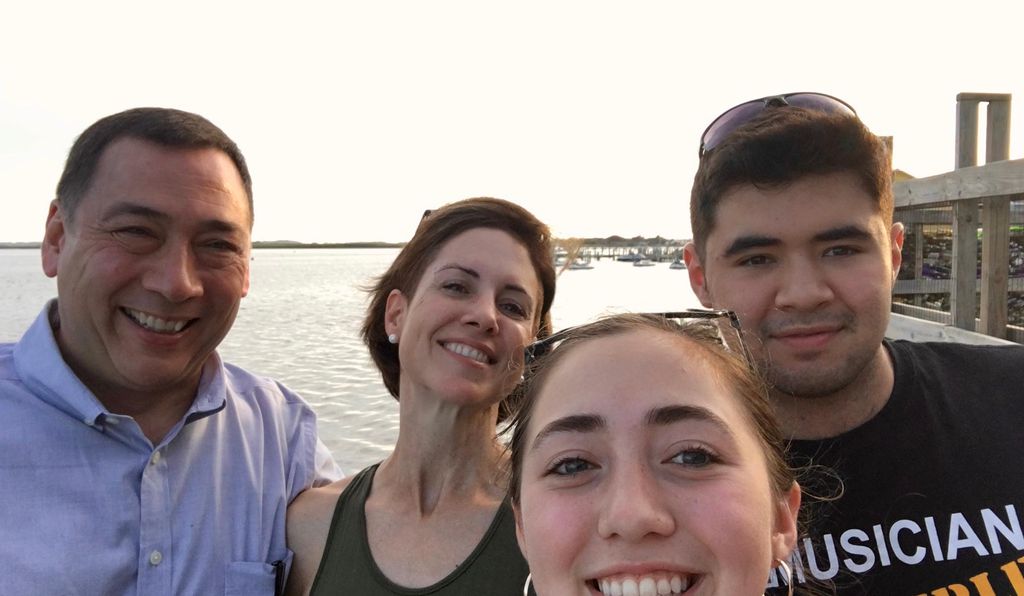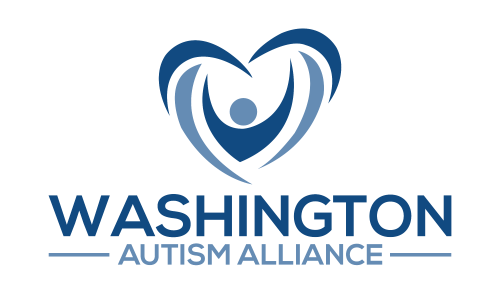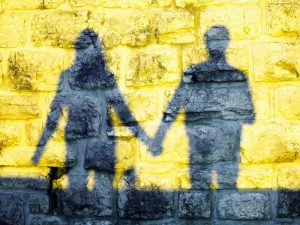Most research has focused on studying two parents and two autistic children, but new research calls for learning more about siblings who don’t have autism

(robertiez/iStockPhoto)
Scientists have historically focused on studying a “quartet” of two biological parents and two autistic children. Yet more recent research calls for learning more about the unaffected siblings – particularly girls. And in an era where researchers can map the human genome en masse—and have identified 100 genetic regions believed to be linked to autism—there is a need for lots of DNA data from autistic and neurotypical siblings alike.
“We want to know, ‘Is there a reason they don’t have a diagnosis?’” says Alycia Halladay, chief science officer at the Autism Science Foundation, which funds the Autism Sisters Project at Mount Sinai Hospital in New York City, the University of California at San Francisco and the Broad Institute in Cambridge, Mass. So far, investigators have collected genetic samples from more than 5,000 families.
The puzzling part, she says, is that some sisters carry the same genetic mutations as their siblings but won’t develop the symptoms associated with autism , such as repetitive behavior and communication challenges. “We have to first figure out what the protective factor is,” says Halladay. “Then we could use this information to develop a therapy for both boys and girls.”
For Lopes, the idea of contributing to autism research to understand its genetic underpinnings as a family made sense. After Tommy was diagnosed in 2003, she’d been frustrated by research that had suggested therapies like trying gluten- and casein-free diets or avoiding food dyes – but offered few other biological insights. “I wanted to understand what exactly was disrupting Tommy’s development., but scientists couldn’t explain the pathology of autism,” says Lopes, a nurse practitioner in Philadelphia. They couldn’t explain what led one child to have little interest in social engagement and take longer to learn how to speak while her other child progressed at the expected rate.
She also liked including Evee. “Siblings are so important to one another and now they have a way to help,” says Lopes, who with her husband founded a charity soccer tournament eight years ago with the Autism Science Foundation. “If there was something we could learn about her genetic makeup that could help her brother, that was meaningful to us.”
So three years ago, the family of four took a road trip to Mt. Sinai in New York City. They each spit in a collection tube and handed over their DNA to science. “It was something that had never happened before,” says Evee, now 17. “I felt important being there because it was all about sisters.”
A new genetic ‘bag of tricks’
Cracking the genetic code of autism has never been more urgent. In April, the Centers for Disease Control announced it had increased its estimate of children with autism by 15 percent – up to 1 in 59 from 1 in 68 from a few years ago. The updated figures reflect in part the increased diagnoses of black and Hispanic children who had been under-represented in earlier reports.
At the same time, researchers are discovering that autism might be more complex than they ever had imagined. “There isn’t an autism. We’re learning there are many autisms,” says Dean Hartley, senior director of genomic discovery and translational science at the nonprofit advocacy organization Autism Speaks. Some researchers are now viewing autism as a series of disorders that work on multiple biochemical pathways in the brain. That’s not to mention the increased interest in the role of the environment in turning on certain genes—a rapidly growing field known as epigenetics. “The next question will be how to develop personalized medicines for all the different forms,” says Hartley.
Fueling these discoveries is increased access to whole-genome sequencing, which allows researchers to crunch all of a person’s 3 million DNA base pairs and see rare mutations. Ever since the first human genome was sequenced in 2003, the technology has dropped dramatically in price. Autism Speaks runs a publicly available database containing more than 7,200 mapped genomes of people with autism and their family members. The Simons Foundation also has collected genetic samples from 2,600 families with one child with autism and unaffected parents and siblings. The databases help researchers trace the heredity of autism genes—as well as identify what are known as “de novo” mutations that appear on their own with no clear genetic links and account for less than a fifth of cases.
The advantage of looking at siblings is that they share 50 percent of the autistic child’s genes, explains Stephen Scherer, director of the Center for Applied Genomics at the Hospital for Sick Children in Toronto. His group has sequenced more than 4,000 families, including one with six children on the spectrum. “If the unaffected sibling has the same mutation but doesn’t have autism, it suggests the mutation isn’t involved in the family’s autism,” he says. Or researchers have to figure out the complex interplay of forces that might activate certain genes, whether those are diet, events in the womb—or as in cases of unaffected sisters, female hormones. “We see genetics as a bag of tricks to get into the understanding of new pathways,” he says. “These little clues that often come from siblings are what will push our research forward.”
Secrets of the gut
One Stanford data scientist thinks neurotypical siblings will help solve another mystery: Why do their brothers and sisters with autism have different gut flora? “We learned that 90 percent of kids with autism have some gut-related issues like inflammatory bowel disease,” says Dennis Wall, associate professor of pediatrics, psychiatry and biomedical data sciences at Stanford Medical School. He suspected there was some kind of unique bacterial strain in these children’s microbiomes, a thesis that was supported by the recent work of a Arizona State University team that had improved the gastrointestinal symptoms of 18 patients with autism who had received healthy fecal transplants.
Given that the microbiome can be influenced by everything from stress, diet, sleeping and exercise, he predicted that siblings would be perfect comparisons and explain whether the gut could be a cause of autism.
“Unaffected siblings, particularly those close in age to the affected child, represent an ideal control of family environment,” says Wall. “These kids live in the same house. They breathe the same air and generally eat the same food, especially if they’re American. They’re going to eat a lot of macaroni and cheese, plain pasta and chicken nuggets.” Given that children with autism tend to be notoriously picky eaters, he says it’s also worth exploring whether a certain microbiological agent leads to restricted eating and alters their microbiome early on.
After finishing a small pilot study that revealed significant differences in the gut flora of siblings with and without autism, Wall found a corporate partner in Second Genome, a Bay Area biotech company that received a $2.1 million grant from the National Institutes of Health, to run a bigger study. Researchers recently recruited 150 families with at least one child with autism and one without in which the children were under eight years old and less than two years apart and collected three stool samples over three weeks. (Special diets were controlled for.) After sequencing the samples, investigators hope to identify particular strains and figure out how they influence brain behavior. “That would give us a better understanding of what therapeutic microbes could improve their GI and behavioral symptoms,” says Karim Dabbagh, chief scientific officer of Second Genome. “Then we could translate that into a drug.”

The Bak and Lopes family: Tim Bak, Erin Lopes, Evee Bak and Tommy Bak. (Courtesy Evee Bak)
Evee and Tommy Bak, who’s 18 now, play in a band together called the “Bak Pak” – her on drums and him on guitar and piano. “I like the relationship that siblings have together. It’s a unique one. We’re really good friends. We watch TV together every morning,” she says. “I would do anything to improve Tommy’s life or other kids on the spectrum.”
Tommy, who just started his freshman year at Delaware County College in Media, Penn, says that he felt special when his family traveled to New York to donate their genetic material. “It was just for me,” he says, adding that he hoped the research would lead to better services to improve communication and independent living skills for his peers with autism. “We can finally learn why they react to certain situations and how to help them,” he says. “It would mean we could have places of our own and not have to live with our families. I’d like to have a family and children someday. I’d like to have the same things as everyone else.”
This article is originally posted by SMITHSONIAN.COM
https://www.smithsonianmag.com/science-nature/siblings-could-shed-light-roots-autism-180970165/


